Protein, protein, protein. It’s probably all you’ve heard about lately. That’s because protein is a vital macronutrient that plays a major role in almost all of our cellular functions. Other macronutrients also include carbohydrates and fat, all of which are equally important for a healthy, functioning body. We’re here to guide you through the vast world of plant-based protein and how to enjoy them! Just for a refresher, protein is used for tissue building, repair, and maintenance. It is also one of the main food components that makes us feel full along with fiber. Some studies even suggest that when you get enough protein in your meal, you are less likely to overeat.
Is it possible to get enough protein on a plant-based diet?
One of the top questions we get is can you get enough protein eating a plant-based diet. The answer is, YES! Not only have plant-based diets have shown to be higher in fiber, vitamins, minerals, and unsaturated fats, they also include a wide variety of meatless protein sources.
Below you’ll find a comprehensive guide to some of our favorite plant-based proteins. We also included ways to incorporate them into your everyday life. Let’s get to it!
Beans
Beans, beans, and more beans! Beans certainly are magical. They are similar to lentils in that they are in the pulse family too. This means that they are also an amazing source of plant-based protein, fiber, B vitamins, potassium, iron, and other minerals.
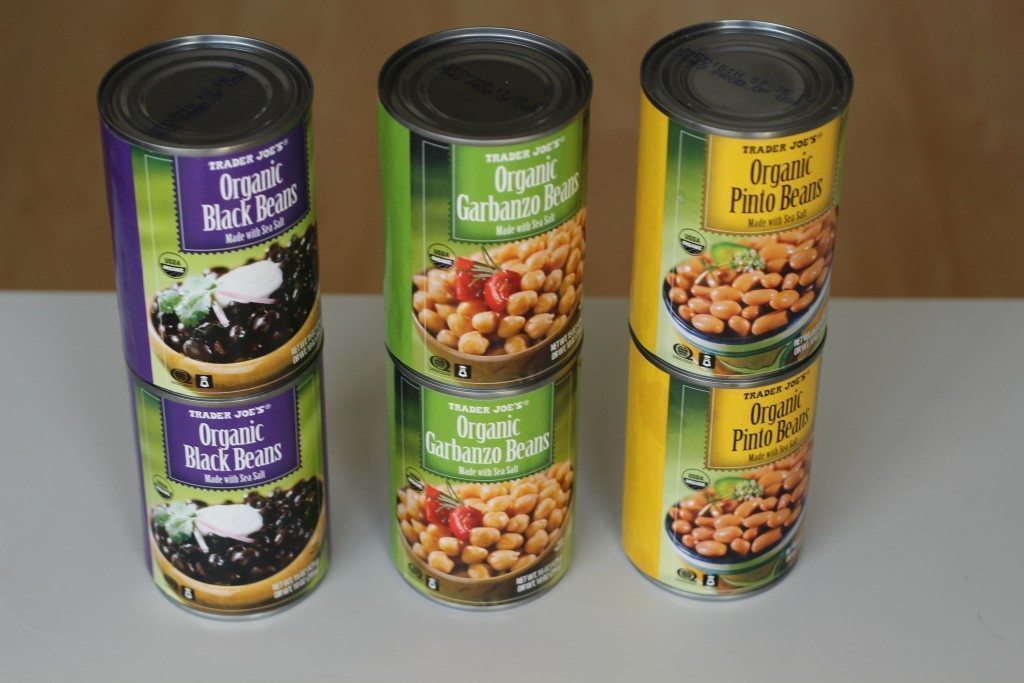
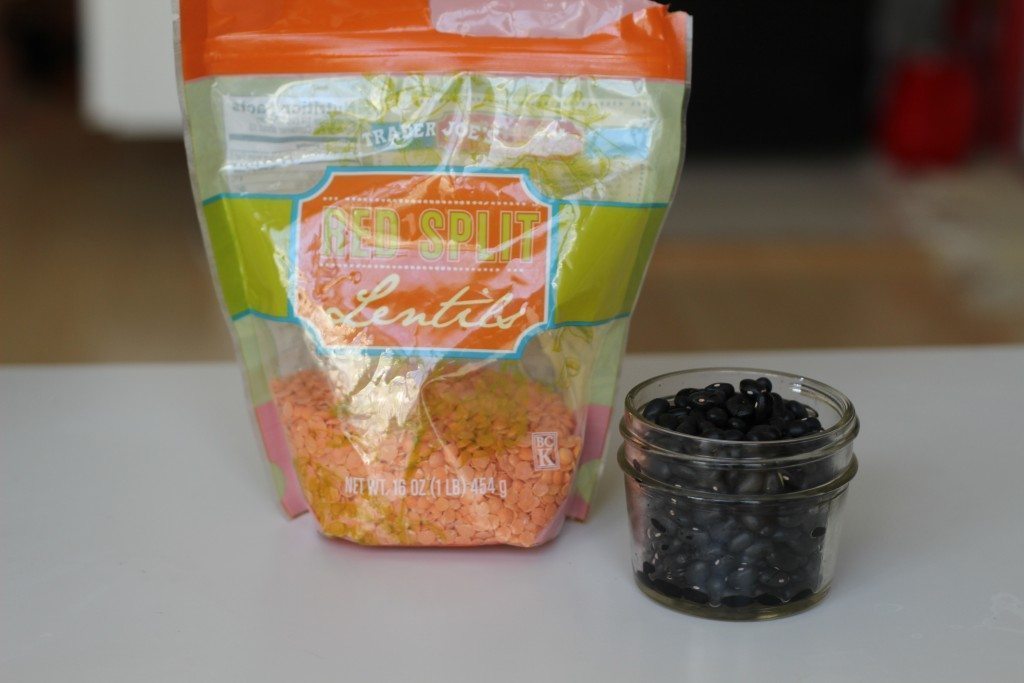
Buying dry beans is one of the most cost effective methods of purchasing beans, but this can take some time to prepare, so canned beans also work well. Just make sure to buy low-sodium canned beans and to rinse twice before using to remove that extra sodium. There are so, so many different types of beans so have fun trying them all!
Beans: 1 cup cooked = 15 grams of protein
Check out some of our recipes here:
- Cilantro Rice and Refried Beans
- Black Bean Sweet Potato Bowl
- Black Bean Pecan Brownies
- Black Bean Chili
Chickpeas
Chickpeas are a delicious little legume with plenty of plant-based protein and a solid range of nutrients. They pack many minerals such as magnesium, folate, copper, and phosphorous as well as a healthy dose of fiber. Chickpeas can be blended into a hummus, topped on a salad, or eaten on its own.
Chickpeas: 1 cup cooked = 12 grams of protein
Check out some of our recipes here:
Lentils
Lentils are a phenomenal source of plant-based protein with a perfect combination of carbohydrates and fiber. They are in the pulse family, which offer a million benefits. They have a low glycemic index (meaning they keep your blood sugars in check) and they are naturally low in fat and sodium. Pulses are also a great source of folate, other B vitamins, high in potassium, iron, zinc, magnesium, and calcium – all of which play very important roles in the body.
Lentils: 1 cup cooked = 18 grams of protein
Check out some of our recipes here:
Soy
Soy can come in many different forms such as tofu, tempeh, soy milk, and edamame. Soy proteins are a complete protein, meaning that they contain all 20 of the essential amino acids. Soy is also a great source of calcium and magnesium. If you want to learn more on our stance on whether soy is safe (hint: it is) check out our full podcast here.
Tofu: ½ cup = 20 grams protein
Check out some of our recipes here:
- Black Pepper Tofu
- Sweet and Savory Smoky Tofu
- Chiles Rellenos with Tofu Scramble
- Garlic and White Wine Tofu Pasta
Quinoa
Quinoa is a wonderful grain that is packed with plant-based protein, fiber, and carbohydrates. It is similar to a rice when cooked and goes great in stir-fry dishes, as a hot breakfast, or to add some protein to salads.
Quinoa: 1 cup cooked = 8 grams of protein
Check out some of our recipes here:
Nuts
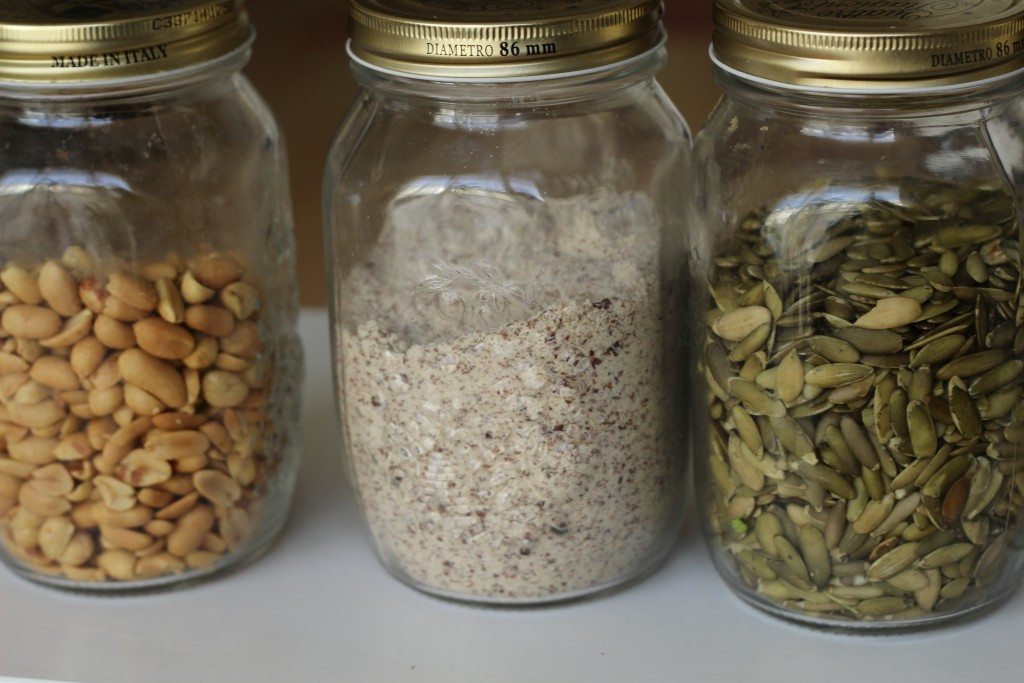
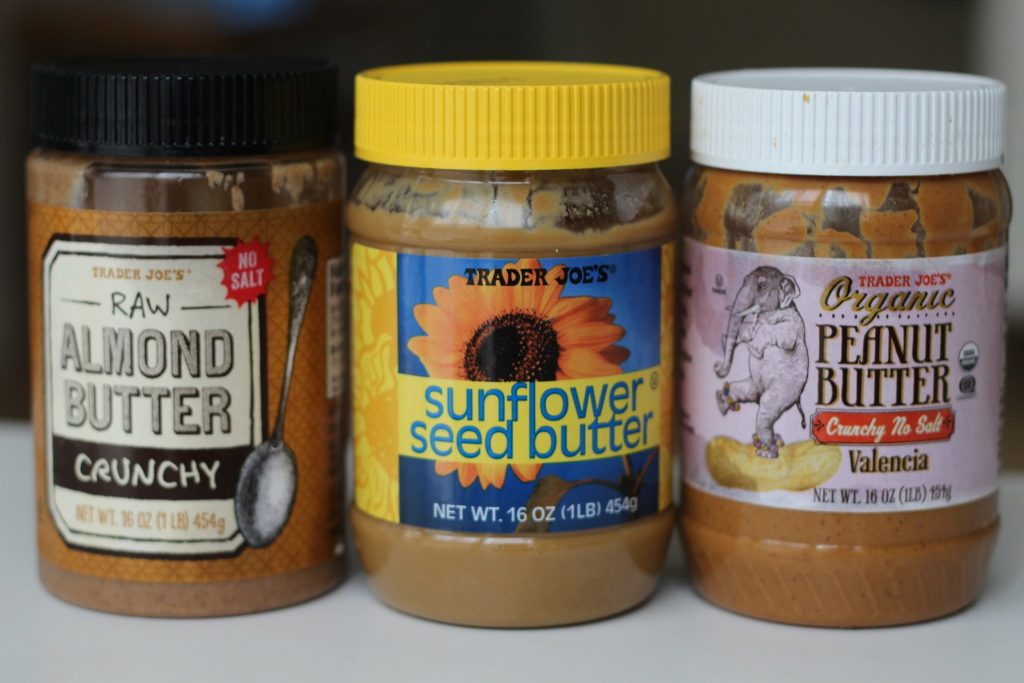
Nuts are phenomenal for their plant-based protein source, but they also offer many vitamins, minerals, and healthy fats. They are full of selenium, magnesium, vitamin E, calcium, iron, B vitamins and much more. Nut butters are also a great source of protein, vitamins, and minerals. Almonds tend to be the highest in protein with cashews and pistachios as a close runner up, but there are so many different types of nuts. Grab a small handful on the go, add to oatmeal, add to cereal, add to salads, make a trail mix, and the list goes on and on and on.
Nuts: 2 oz. or ¼ cup of mixed nuts = 10 grams of protein
Check out some of our recipes here:
Chia Seeds
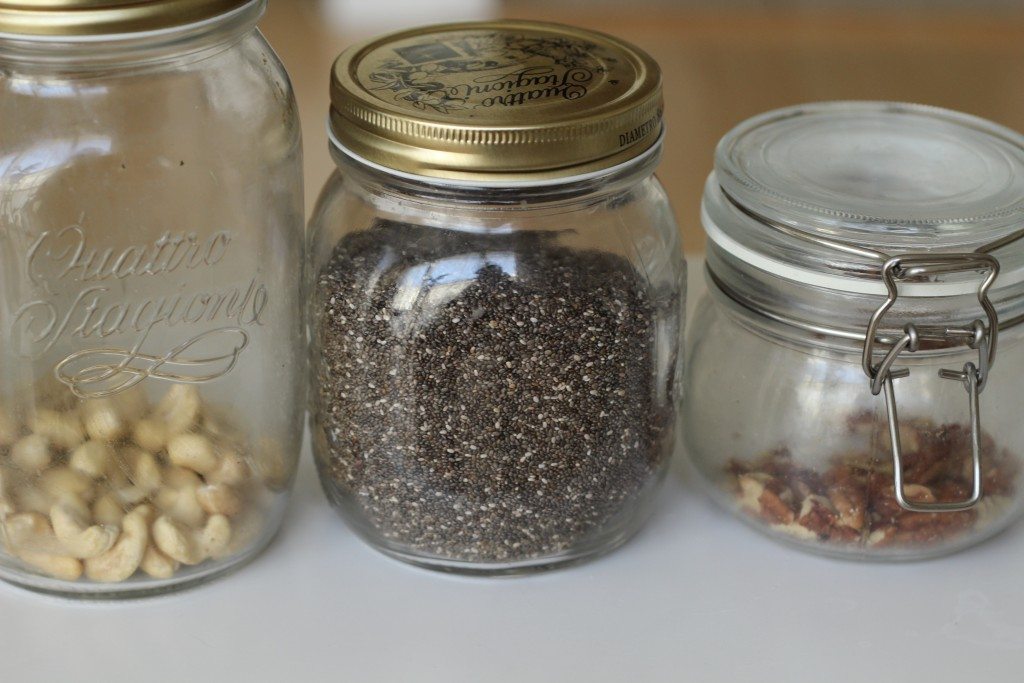
Chia seeds are typically used as a thickening product because they create a gel-like substance when combined with liquids. They provide plant-based protein, omega-3 fatty acids (aka: healthy fats), and fiber. Chia seeds are great to add to oatmeal, smoothies, puddings, and cereals.
Chia seeds: 2 tablespoons = 3 grams of protein
Check out some of our recipes here:
Hemp Seeds
Hemp seeds (along with many other types of seeds) provide plant-based protein and minerals. They can be an easy, flavorless way to add protein to some of your favorite dishes. I like tossing some into my morning oatmeal to create a heartier dish that will keep me full all morning long.
Hemp seeds – 3 tablespoons- 10 grams of protein
Check out some of our recipes here:
Also try adding to overnight oats, granola, or any one of our many smoothie recipes!
Spirulina
Have you even heard of this one? Well, now you can say you have. Spirulina is a is a type of blue-green algae similar to seaweed. I know, I know, bear with me – that is rich in protein, vitamins, minerals, carotenoids, and antioxidants. Sound better?
Spirulina: 2 tablespoons = 8 grams of protein
Though we don’t have specific spirulina recipes, you can stir a small spoonful of spirulina powder into a glass of water or juice and drink it straight, or you can add some to a smoothie like our Refreshing Mango Green Tea Smoothie or our Avocado and Berry Breakfast Smoothie.
Buckwheat
Buckwheat is actually not wheat at all. It is a fruit seed that is in the same family as rhubarb. This also means that it is a total go for anyone with a gluten or wheat allergy. You may know buckwheat from the Japanese soba noodle, which is actually made from buckwheat. It provides protein, fiber, manganese, magnesium, and copper.
Buckwheat: 1 cup = 8 grams of protein
Buckwheat can be enjoyed as a hot cereal. It can be swapped as soba noodles for some of your favorite pasta dishes, or can be used in recipes such as buckwheat pancakes.
Hopefully this guide can help you navigate the world of plant-based proteins and making sure you’re getting in the important nutrients that we need to keep an active and healthy life. Are there any new proteins on this list that you haven’t tried before? Let us know what questions you have in the comments below!
This post was originally published on Food Heaven Made Easy.
